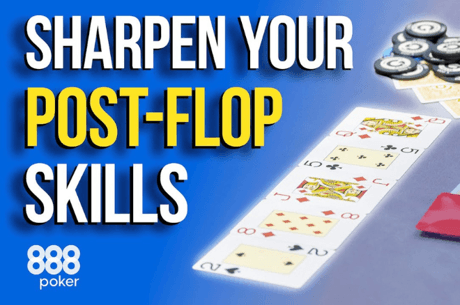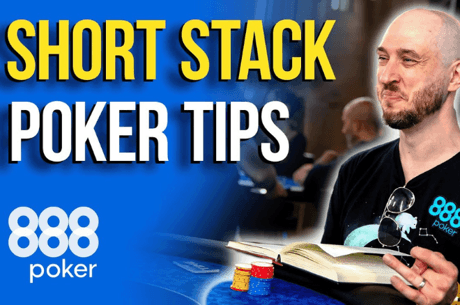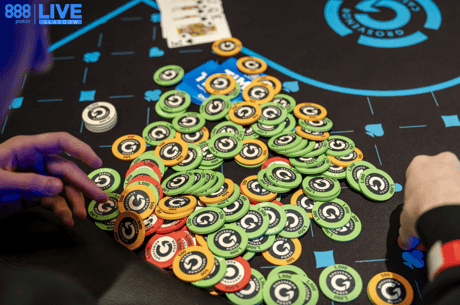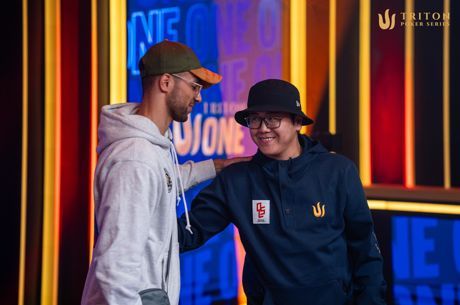Flatting in Position with Jon Friedberg

Jon Friedberg has over $1 million in tournament winnings including a World Series of Poker gold bracelet. Not only has he had success in tournaments, but he also grinds cash games. Over the last year or so, he's committed himself to learning no-limit hold'em, six-max online. In this strategy article, he discussed when it is appropriate to flat raises in position.
When you have a raiser in front of you, what factors would lead you to flat-call a raise instead of three-bet?
One reason would be that I have a decent hand like a pocket pair or suited connectors, and there aren't any crazy three-bettors behind me. Or similarly, I have a playable hand but don't want to reopen the action by raising. Another reason would be that I have a monster hand and am hoping one of the aggressive players behind me tries to squeeze.
How does the raiser's playing style affect your decision?
If he is an overly aggressive four-bettor, or calls a lot of three-bets, then I am more likely to flat with hands like pocket tens, jacks, and ace-queen which are hands I might reraise against other people.
Can you elaborate?
If I feel pretty confident that my three-bet will force my opponent to be honest and fold worse hands, but reraise better hands, then I will three-bet [as a bluff]. But if I feel that my three-bet will open the opportunity for an aggressive player to four-bet bluff, then I will flat [with more marginal hands] and eliminate that option for him. Similarly, if I feel like my three-bet is getting called a lot which would force me to play a big pot, then I'll generally flat some of my lighter ranges of reraising hands.
How it applies (Hand example):
Stakes: $3/$6 six-handed no-limit hold'em
Stacks:
Small Blind - $1,563 - Posts $3
Big Blind - $600 - Posts $6
Villain - $1,691
Hero (Jon Friedberg) - $600
Button - $1,568
Hand Action Villain raised under the gun to $21. Friedberg flatted the raise with 9♥9♠, as did the player on the button. The flop came 10♥9♦4♠. Villain bet $42, Friedberg called, and the player on the button folded. The turn was the 3♦. Villain bet $109, and Friedberg called. The river was the 6♠. Villain bet larger than the rest of Friedberg's remaining stack, which was $427, and Friedberg called. Villain showed K♦J♦ for no pair. Friedberg won the pot of $1,227.
So this guy (Villain) was playing a very aggressive game. His stats were 32-28-13. I chose to flat the pocket nines because if I raised there was a very high chance he would four-bet and put me to the test. Also, he just kept barreling everything, so I knew that if I flopped big, he was likely to bluff off his stack to me, which he did. There was also a fish with a very high three-bet percentage left to act behind me, so I decided that if he three-bet and the original raiser folded or called, I was going to back-raise by shoving all in. If one of the tighter players three-bet behind me, I would have called as long as the original raiser didn't four-bet. In that case I would have just folded.
Once I hit my set, I chose to slow-play since the board was pretty safe and I knew that he barreled a lot with and without a hand. But, if there was more coordination to the flop or turn, I would have raised to protect my hand at some point.
Is there anything else you want to add about flatting raises in position?
I would sum it up by saying that I flat a lot when in position in order to play hands with a positional advantage against others. Doing that allows me to win pots without necessarily having the best hand, but by having reads on my opponents based on their betting patterns.
As long as you're prepared to deal with light three-bet squeezers behind you, right?
Well yes, I will flat less with light three-bettors behind me. I deal with those guys (light squeezers) by four-bet jamming often, sometimes with pocket aces and sometimes with five-seven suited. They start slowing down versus my flats very quickly, usually.
Try out what you learned on your favorite online poker site, and as always, follow us on Twitter for up-to-the-minute news.









